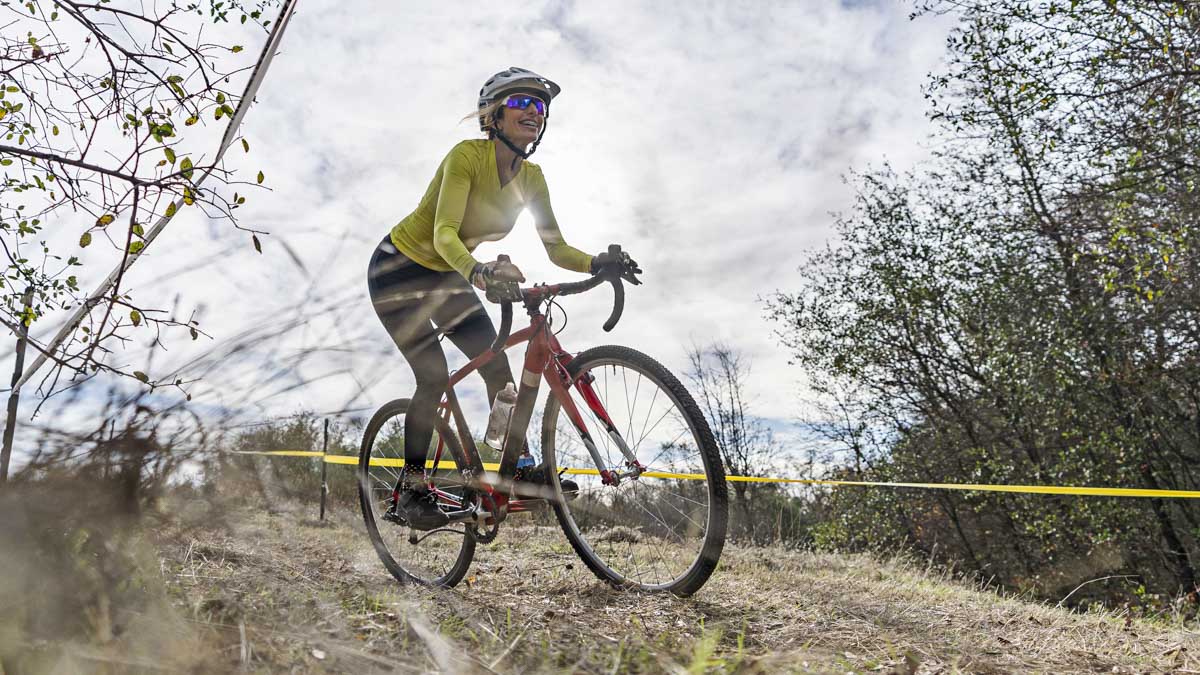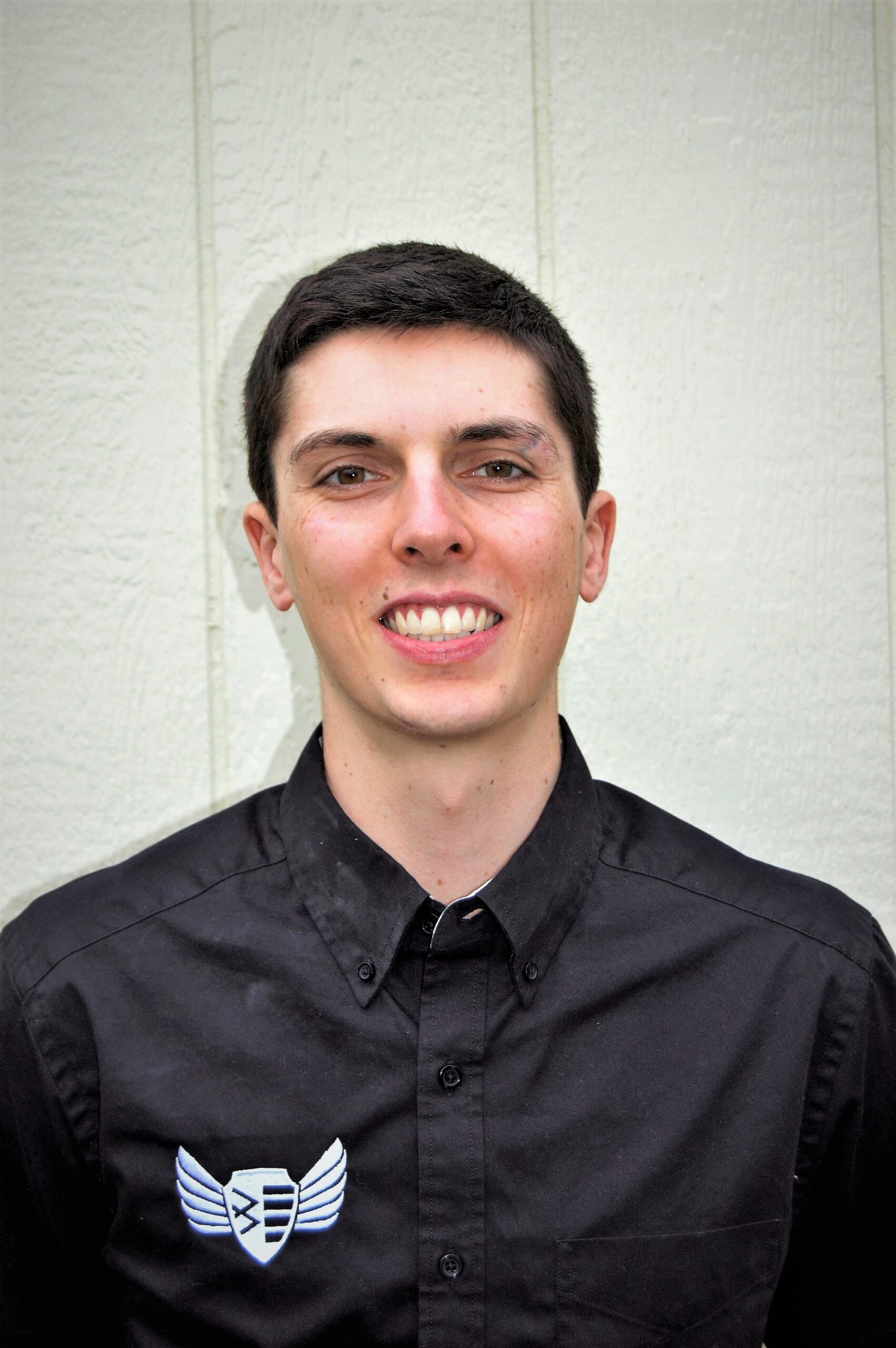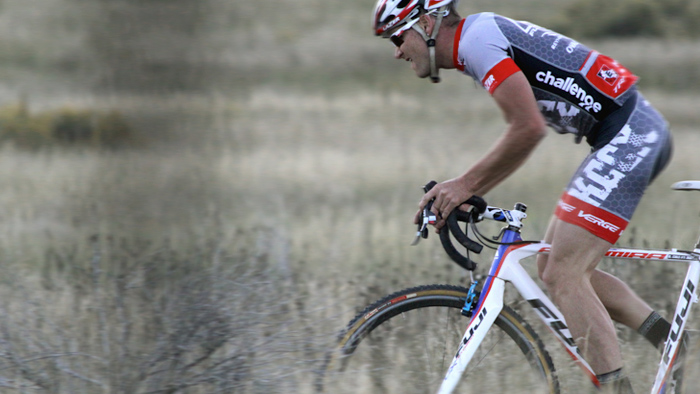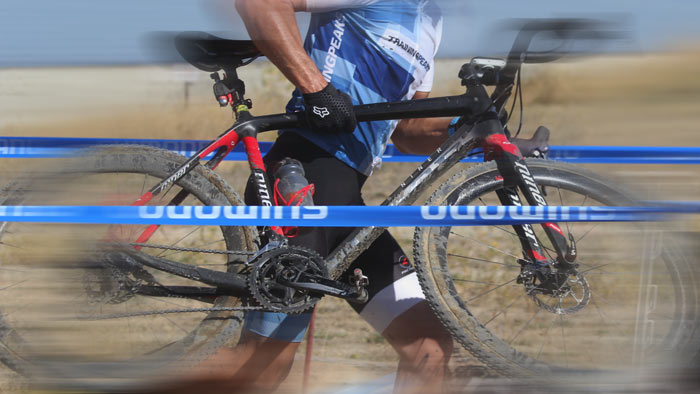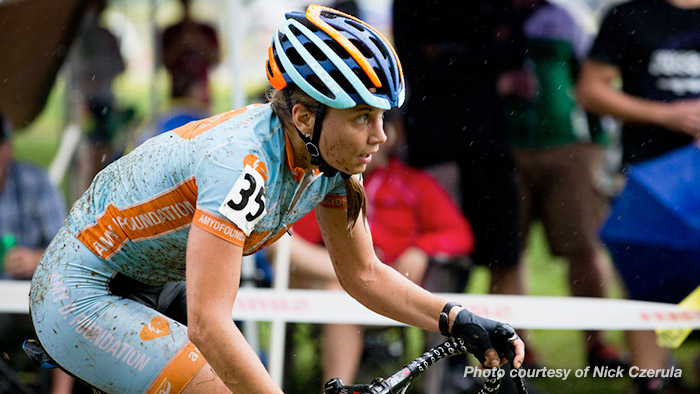The first few races of cyclocross season can be daunting. The starts are intense, and in a matter of seconds, you’re bumping shoulders and ripping through slippery corners, traversing sandpits, hopping barriers, and navigating run-ups. But cyclocross doesn’t have to be a kick in the gut. With these workouts, you can be in top form for the autumn racing season.
Transitioning to CX Mode
For many cyclists, cyclocross marks a significant change in their training program because of the intensity and technical skill it requires. Few cyclists practice sprints, VO2 max efforts, and stair-running as often as they should during cyclocross season. Then there’s the vast range of differences in course terrain, making it impossible to precisely train for each racecourse.
Thus, when thinking about the most important workouts for cyclocross season, you can focus on a few key workouts that target the energy systems and technical skills that you’ll utilize in just about every cyclocross race.
CX Workout #1: Start Intervals
The first few seconds of a cyclocross race are arguably the most important. Because cyclocross courses are narrow and technical, the field strings out almost immediately — within the first half-lap, the gap between first and tenth could be 30 seconds. If you miss your pedal at the start and go from the front row to 50th place, you will spend the rest of the race on an ill-fated mission back to the front. Training for a good start is therefore vital to your race success.
To do so, try practicing start intervals, which target not only power goals but also the skill, technique, and timing required to clip in and sprint off the start line. Start intervals are pretty straightforward: from a standing start, go as hard as you can for 15 seconds out of the saddle, and then keep going for another 45 seconds in the saddle to finish out the minute. After five minutes of rest, repeat this three more times before cooling down.
Here’s what this workout looks like in TrainingPeaks:
- 15-minute warm-up
- Repeat 4 times:
- 15 seconds at 250% FTP, 45 seconds at 140% FTP
- 5 minutes recovery at 45-55% FTP
- 15-minute cool-down
Only stick to these power targets if you’re on the trainer and need something to focus on. Otherwise, think full gas!
While practicing these start intervals, consider:
- Which foot you have clipped in, and which you have on the ground
- Position of your crank arm (most people prefer the 9-10 o’clock position)
- Starting gear (remember to adjust this if you’re starting on an uphill or downhill)
- Starting in or off the saddle
- Hands-on the hoods or drops
Everyone has their own unique start technique, all the way up to the pro level, so take some time to practice and learn your preferences.
CX Workout #2: Micro-intervals
Cyclocross often boils down to a long set of micro-intervals (i.e., short, high-intensity intervals with short rest periods in between). The most common micro-interval set is 30/30s, but my favorite workout is an interval set popularized by Bent Rønnestad in the Scandinavian Journal of Medicine and Science in Sports a few years ago.
The workout consists of 3 sets of 13 times through 30 seconds on,15 seconds off. Sounds complicated, but it’s quite simple:
- 15-minute warm-up
- 3 sets of:
- Repeated 13 times:
- 30 seconds at 115% FTP, 15 seconds at 45% FTP
- 3 minutes of recovery at 45-55% FTP
- 15-minute cool-down
This workout is about as close to a cyclocross race simulation as you can get. The ultra-short rest periods won’t allow your heart rate to come down or your legs to fully recover, so you’ll start the next 30-second interval at your threshold heart rate and with plenty of fatigue and lactate in your legs. Pro tip: don’t get too confident if the first set feels too easy, the efforts will catch up with you quickly.
CX Workout #3: Threshold Intervals
A lot of coaches prescribe the classic 4x8min or 4x12min Threshold Intervals, and while that has its time and place, I believe that Threshold (with accelerations) Intervals are best for cyclocross season. During these intervals, you’ll be accelerating hard every minute, as if you’re coming out of a tight corner or sprinting up a grassy hill.
It’s important to still practice long-duration intervals (>5 minutes) during CX season because, despite the intensity, your race is still 30-60 minutes long! Doing this workout once every week or two will help your aerobic system stay in top form during racing season. Here’s how I lay it out:
- 15-minute warm-up
- Repeat 4 times:
- 8 minutes at 100% FTP with 6-second accelerations at 200% FTP every minute, on the minute
- 4 minutes of recovery at 45-55% FTP
- 15-minute cool-down
In my 12-week CX Race Preparation Plan, I fit each of these intervals into an athlete’s training schedule, even with racing every other weekend. Here’s how:
Monday is a well-earned rest day, while Tuesday’s ride will include the hardest intervals of the week when you’re fresh — either micro-intervals or CX Start intervals. On Wednesday, you’ll incorporate big-gear intervals to work on torque and power at low cadences, and Thursday will be a recovery ride. Then, it’s ‘openers’ on Friday, followed by a CX race on Saturday, and if there’s no racing on Sunday, complete a two-hour endurance ride before repeating it all again on Monday.
CX Technique Drills
As you know, there’s a lot more to cyclocross than pedaling hard, which is why it’s equally important to focus on your technique and skill as much as your fitness. While it’s impossible to perform the above workouts on a CX course, it’s easy to translate them into ‘Hot Lap’ workouts using RPE or Rate of Perceived Exertion. This is a subjective scale on TrainingPeaks that measures how hard you are working, and studies have shown that it can be equally as effective as power-based or heart rate-based training.
Instead of using “8min at 100% FTP with 6-second accelerations at 200% FTP,” for example, you could translate this workout to “Ride the majority of the CX course lap at an 8 out of 10, and accelerate out of every sharp corner at a 10 out of 10.” You don’t need (nor want) to be staring at your power meter while navigating the twists and turns of a CX course, but you can get all the benefits of interval training while also practicing your cornering and skills.
Don’t forget to practice dismounting, running, and barrier hopping. As the old saying goes, you can’t win a CX race in a dismount, but you can certainly lose it!
References
Rønnestad, B.R. et al. (2020, February 5). Superior performance improvements in elite cyclists following short-interval vs effort-matched long-interval training. Retrieved from https://pubmed.ncbi.nlm.nih.gov/31977120/
Van Erp, T. et al. (2019, March 11). Relationship Between Various Training-Load Measures in Elite Cyclists During Training, Road Races, and Time Trials. Retrieved from https://pubmed.ncbi.nlm.nih.gov/30300025/
